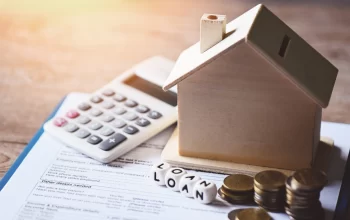Do you know what a reverse mortgage is? Reverse mortgages are a type of loan that allows people to use the equity in their home as security. The homeowner will be required to provide his or her heirs the use of the equity in the home at a later date, and the money will go directly to the beneficiaries.
A reverse mortgage may be granted for many reasons including spousal death, divorce, death of a parent, disability, and more. The only restriction is that the homeowner must be 62 years old. When applying for a reverse mortgage, the homeowner has to indicate that he or she is at least 62 years old.
The income that the homeowner has had during the last five years may also affect the amount of the reverse mortgage. The lower the income, the lower the amount of the loan amount. The reverse mortgage will usually be based on the amount of loan, not on the credit score of the homeowner. Many homeowners are currently making payments on a reverse mortgage that they received prior to the current economic crisis.
After the homeowner has provided an approved loan amount to the lender, the homeowner can make some changes to the house and then sell it when the reverse mortgage is complete. This will allow the homeowner to have the equity in the home that is being used to obtain the loan. If there is no equity, the loan amount will remain the same and the homeowner will pay off the loan in monthly installments.
With a reverse mortgage, there are certain restrictions that apply. The first one is that there is no right to purchase the home. This means that a borrower can not take out a loan from a lender and then sell the home.
Other restrictions that the lender can place on the borrower include the number of years that the reverse mortgage will last. There are limits on how many times the homeowners can repay the loan. Some homeowners can extend the length of the loan if the terms and conditions allow for it.
Another type of restriction on the borrower is the maximum amount of money that can be borrowed under the reverse mortgage. This will vary depending on the homeowner’s age. The maximum amount of the loan can be lowered by the borrower, but there are some banks that will refuse to do this.
Before applying for a reverse mortgage, it is important to examine the documentation provided by the lender. There is a lot of paperwork involved with this type of loan. The documents include the application, information about the homeowner, the homeowner’s income, and the property that are being mortgaged. The lender is required to conduct a home inspection and any changes to the property must be approved by the lender.





